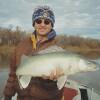Growing up in Barnum, Minnesota, south of Duluth, Kaysie Maleski said she knew nothing about Beltrami Island State Forest, Red Lake Wildlife Management Area or anywhere else in northwest Minnesota.
That all changed during the summer of 2023, when Maleski began a two-year research project looking for woodpecker nests in the 703,382-acre forest and adjacent Red Lake WMA. The goal of the Minnesota Department of Natural Resources study was to learn more about the age and size of trees, predominantly aspen, that five woodpecker species ŌĆō hairy woodpeckers, downy woodpeckers, northern flickers, yellow-bellied sapsuckers and pileated woodpeckers ŌĆō choose for their nests.
ADVERTISEMENT
ŌĆ£I didnŌĆÖt even know this place existed,ŌĆØ said Maleski, a graduate student at Bemidji State University. ŌĆ£IŌĆÖm very familiar with a lot of Minnesota state parks but not our forest systems or WMAs. So, I was really excited to learn all this new area. IŌĆÖd never been in the northwest, period, before this project. So, it was a new area in general that I was going to be exploring, so I was very excited to see what it was all about.ŌĆØ
About the study
As part of the study, Maleski and Beth Siverhus, a Warroad, Minnesota, birdwatching enthusiast who has worked with the DNR as an independent contractor on other bird studies in Beltrami Forest, found and monitored woodpecker nests in predetermined study areas throughout the forest and WMA, predominantly along roads and trails.
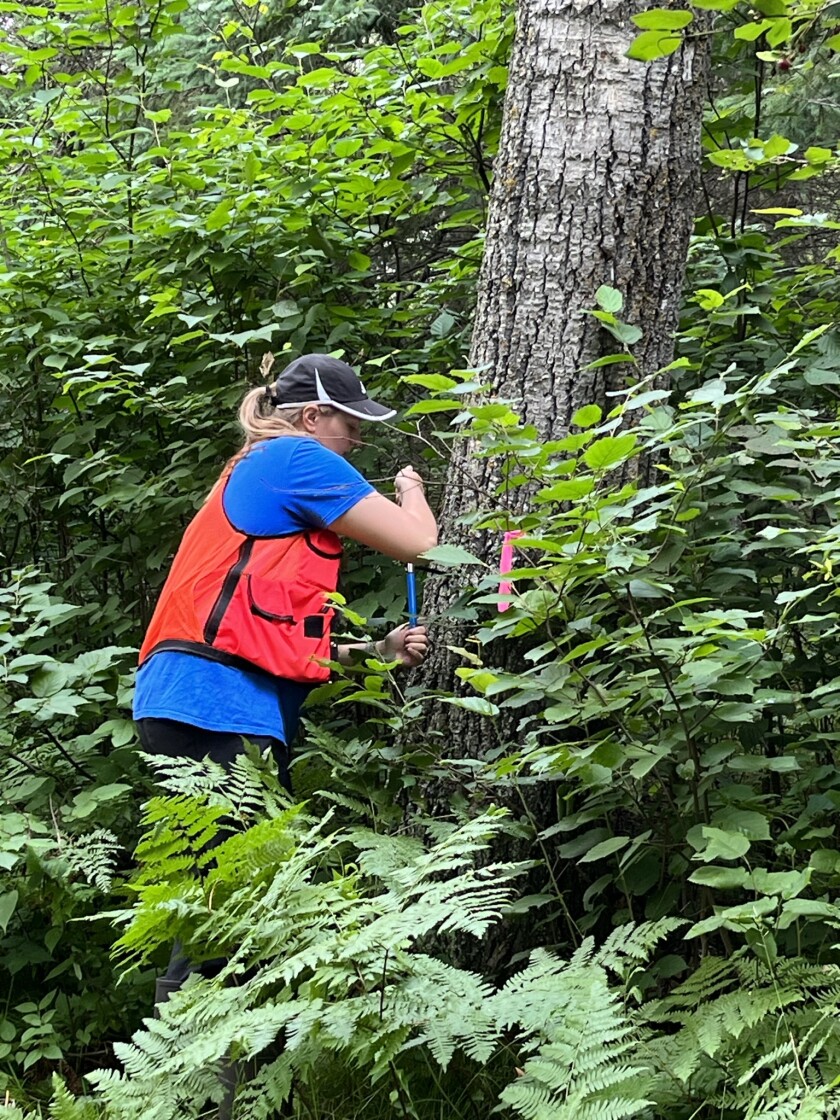
They also took core samples to determine the age of the trees.
This past summer, Maleski also had two student interns working with her to help find and monitor nests. All told, the crew found 160 woodpecker nests, compared with 66 last year. The uptick in nest discoveries resulted, at least in part, from the additional help and getting an earlier start this year, Maleski says. They started in early May, compared with late May in 2023.
After finding a nest, Maleski says sheŌĆÖd visit the site at least once a week to determine if the hatchlings fledged or the nest failed. SheŌĆÖd be in the field shortly after sunrise and spend anywhere from 15 minutes to half an hour at each site, depending on wind conditions. SheŌĆÖd also observe how the birds behaved in her presence.
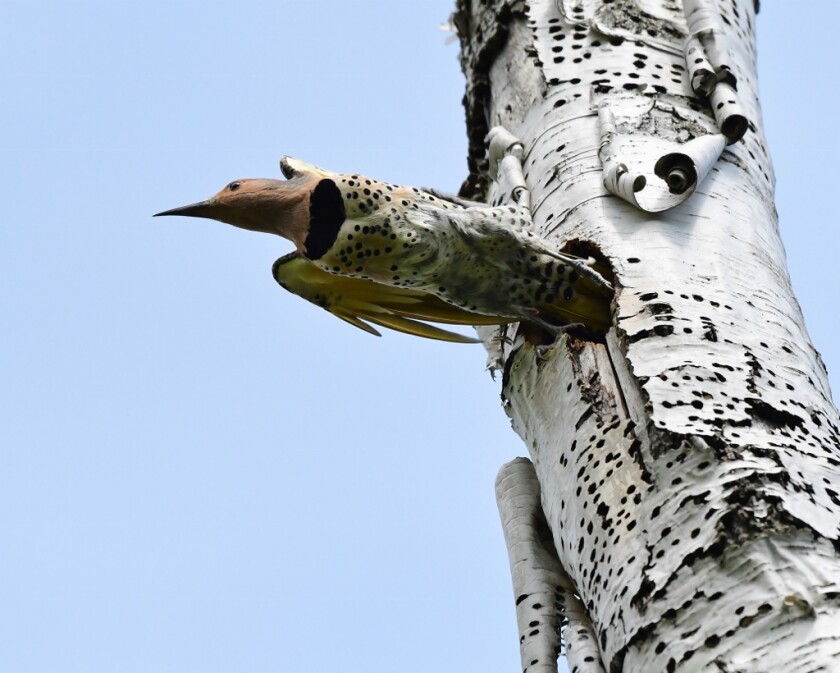
Time in the forest provided the opportunity to see other flora and fauna, as well, including rare plants and bears. Along with the two technicians, Maleski stayed at Norris Camp, headquarters of Red Lake WMA.
ADVERTISEMENT
ŌĆ£I saw a lot more bears than last year,ŌĆØ she said. ŌĆ£It was always exciting to see that and just see and hear so many different birds that the average person probably doesnŌĆÖt get to hear. I heard so many golden-winged warblers up there almost daily driving to my survey sites and not everyone can say that, where theyŌĆÖre at in Minnesota. And that was just a really cool opportunity.ŌĆØ
Management implications
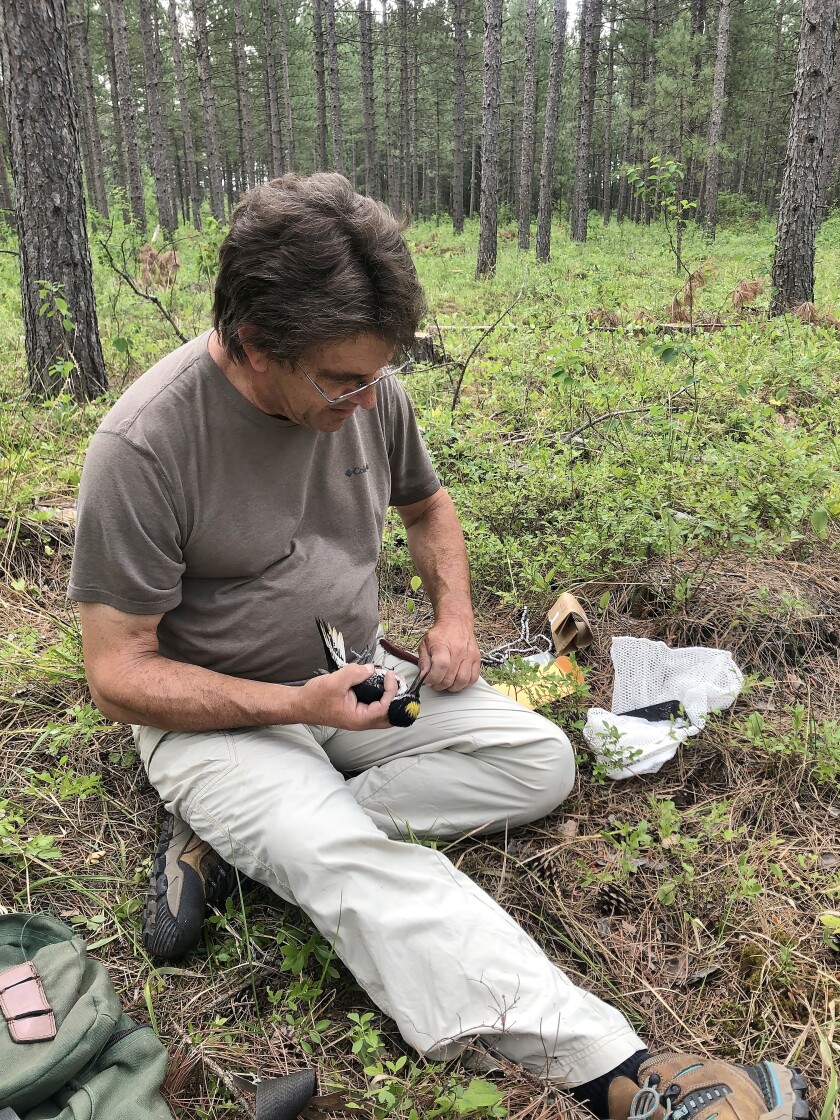
Ultimately, results from the study could have implications for logging plans on DNR wildlife management area lands, said Michael North, senior natural resources specialist for the DNR in Brainerd, Minnesota.
Typically, aspen on DNR-owned and -managed wildlife lands are harvested at about age 60 for use in the pulp and paper industry, and about age 50 on DNR forestry lands. Based on the Beltrami Forest study, that 60-year rotation provides adequate habitat for downy woodpeckers, hairy woodpeckers, flickers and sapsuckers, but the needs are more ŌĆ£nuancedŌĆØ for pileated woodpeckers, the largest species in the study, North said.
Tree-dwelling species such as fishers and pine martens also benefit from older stands, he said.
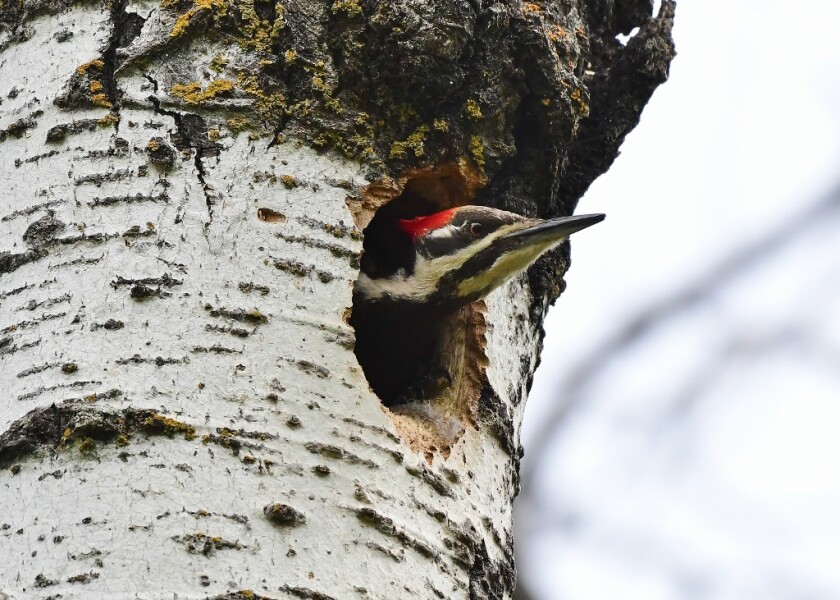
ŌĆ£For pileateds, 60 years is meeting their minimum needs, but we need to carry some percentage of stands out to 70 or even 80 years to provide for pileateds, fishers and martens,ŌĆØ North said. ŌĆ£It doesnŌĆÖt have to be all stands, or even a majority of stands, but some percent needs to be carried forward one or more more decades beyond rotation.
ŌĆ£Harvest some at 60, harvest some at 70, harvest some at 80, just to have a variety of habitat out there for the wildlife that need older forests,ŌĆØ North said.
ADVERTISEMENT
That could be an easier sell on WMA lands managed by the DNRŌĆÖs Division of Fish and Wildlife than state forest lands, which are overseen by the Division of Forestry, North concedes when asked.
ŌĆ£I think that would be a much harder sell, but weŌĆÖll see,ŌĆØ he said.
Accurate aging
Before the study, wildlife managers didnŌĆÖt necessarily know how long it took for aspen to grow to the sizes various species prefer. In the case of this study, the core samples are examined under a microscope in a lab setting. That provides a more accurate age of the tree being sampled, North said.
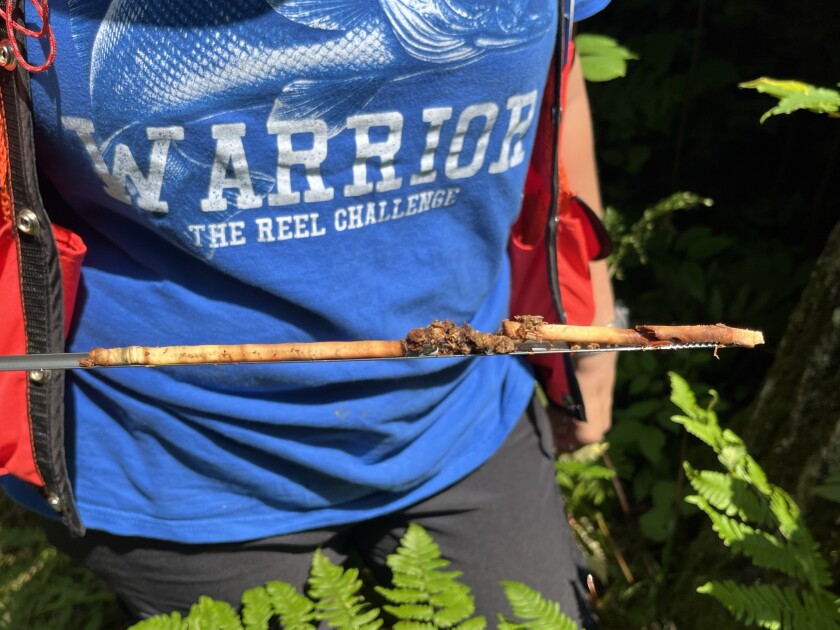
ŌĆ£ThatŌĆÖs a key to our study because field foresters will go out, take a core of a tree and theyŌĆÖll read the rings with the naked eye or a hand lens and then dispose of it,ŌĆØ he said. ŌĆ£You canŌĆÖt get reliable ages by reading aspen core rings in the field. You can be off by as much as 10 years.ŌĆØ
Using a measurement known as ŌĆ£Diameter at Breast HeightŌĆØ (DBH) ŌĆō the diameter of a tree at about 4 feet off the ground ŌĆō the researchers found downy and hairy woodpeckers selected aspen with diameters of 27 centimeters, sapsuckers and flickers favored trees with 33- to 34-cm diameters and pileated woodpeckers preferred trees with an average DBH of 41 centimeters.
ŌĆ£The question we really had was, how long does it take to grow aspen to these sizes because the growth rates from the little bit of information we could glean showed that we were not keeping aspen on the landscape long enough for them to get to these sizes,ŌĆØ North said. ŌĆ£This is unique. Nobody has tied it in with coring trees to see how old the trees are that the birds actually selected.ŌĆØ
Other findings
What theyŌĆÖve found, North says, is that it can take an aspen tree about 50 years to reach a diameter favored by downy and hairy woodpeckers, while a tree preferred by pileated woodpeckers could take an average of about 70 years to reach the preferred size. Sapsuckers and flickers seem to favor trees with an average age of about 58 years.
ADVERTISEMENT
Trees that were dead or rotten werenŌĆÖt core-sampled or included in the data.

ŌĆ£We got to the point where we can start to say something about the species ŌĆō the habitat theyŌĆÖre selecting, the trees that theyŌĆÖre selecting for nesting, how theyŌĆÖre dividing up the resource and why this is important,ŌĆØ North said.
Saving the core samples also will allow the DNR to replicate the study elsewhere in the state. That could help managers tailor harvest rotations, depending on how fast trees grow in various parts of the state.
ŌĆ£IŌĆÖm sure youŌĆÖre going to find different aspen growth responses in eachŌĆØ part of the state, North said. ŌĆ£For me, we want to base our management on some sort of data rather than estimates.ŌĆØ
With her second and final field season now complete, Maleski says her focus turns to writing her masters thesis. A possible title: ŌĆ£Breeding Ecology or Habitat Selection of Breeding Woodpeckers in Northwestern Minnesota.ŌĆØ
The goal, she said, is to finish the thesis by April and graduate next May. SheŌĆÖs also scheduled to present her research at the 2025 annual meeting of the Minnesota Chapter of the Wildlife Society, set for Feb. 18-20 in St. Cloud, Minnesota.
ŌĆ£IŌĆÖm dedicating at least half an hour every day to writing and researching any extra research thatŌĆÖs already been done and then working on my core samples,ŌĆØ she said. ŌĆ£ThereŌĆÖll be a process, but IŌĆÖll get through it.ŌĆØ


